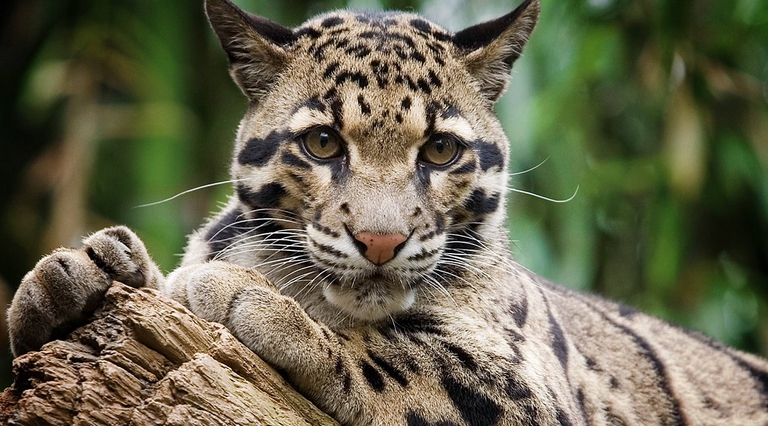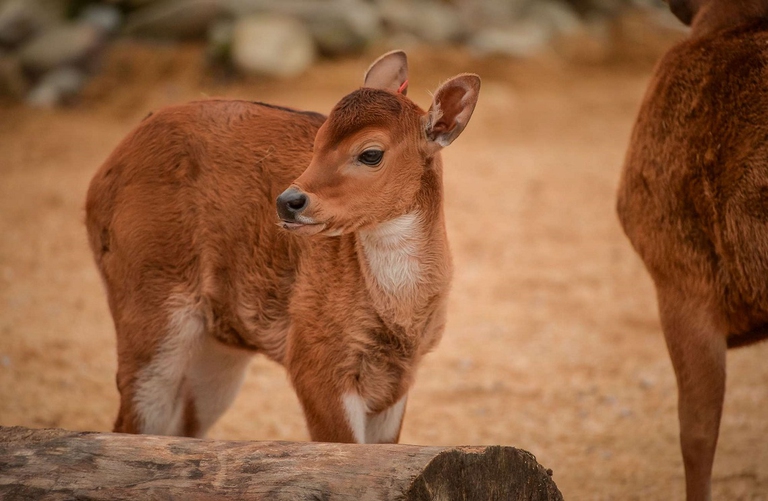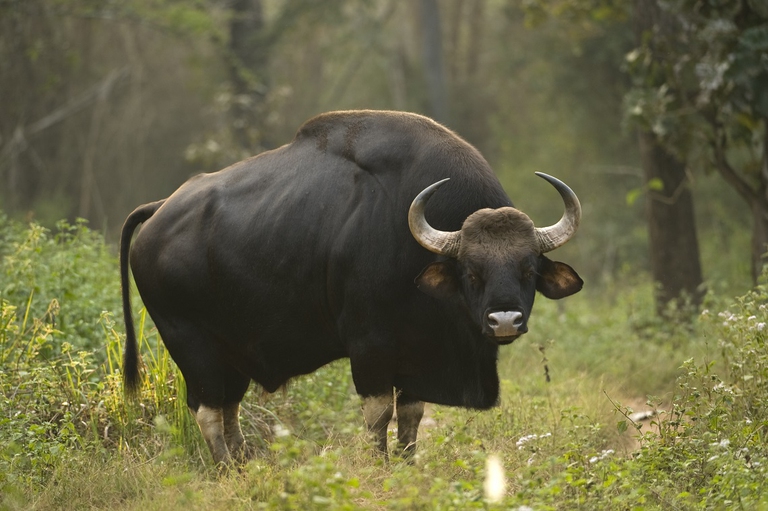
The Amazon became an alternative classroom during the pandemic. Now, the educational forest in Batraja, Bolivia, lives on to teach children and adults the value of nature.
La Cambogia ha istituito una nuova area protetta di 65mila ettari. La zona è considerata un hotspot importante per molti animali minacciati come l’ibis gigante e il leopardo nebuoloso.
Northern Cambodian forests are home to extremely rare and threatened species. Among them are the giant ibis (Thaumatibis gigantea), Cambodia’s icon animal with less than 400 individuals surviving in the wild; the clouded leopard (Neofelis nebulosa), mysterious feline with only 10,000 individuals left; and the banteng (Bos javanicus), a species of wild cattle with less than 5,000 individuals left in the wild globally.
In order to protect such biodiversity richness, Cambodia established a new protected area in the north of the country. The reserve extends for about 65,000 hectares of forest and has been granted by a ministerial decree on 9 May. Earlier in 2014, a wide stretch of the Siem Pang forest was granted protection. Thus, the protected areas now amount to over 130,000 hectares.
BirdLife International, the NGO that collaborated with the Ministry for the Environment and Agriculture for the establishment of the protected area, defined the area as a “perfect candidate for World Heritage Site nomination”. The Siem Pang forest is home to the rare white-shouldered ibis (Pseudibis davisoni), one tenth of the global population of giant ibis, and numerous species of vulture including the slender-billed vulture (Gyps Tenuirostris).
“Without protection, safeguarding this area and its biodiversity from environmental degradation will be impossible,” said Jonathan Charles Eames, consultant for BirdLife Cambodia.
Industrial-scale logging is one of the main threats to Cambodian forests and their wildlife. “Deforestation has had disastrous impacts on the environment,” said 2016 Goldman Environmental Prize winner Leng Ouch. Ouch dedicated his life to safeguarding forests in Cambodia, working under protection to document illegal logging and denounce the corruption that bonds government and multinationals. “How can the government oversee protected areas when sawmills and furniture production businesses are operating around the country and timber is still being cut and transported openly?”
Siamo anche su WhatsApp. Segui il canale ufficiale LifeGate per restare aggiornata, aggiornato sulle ultime notizie e sulle nostre attività.
![]()
Quest'opera è distribuita con Licenza Creative Commons Attribuzione - Non commerciale - Non opere derivate 4.0 Internazionale.
The Amazon became an alternative classroom during the pandemic. Now, the educational forest in Batraja, Bolivia, lives on to teach children and adults the value of nature.
Our species took its first steps in a world covered in trees. Today, forests offer us sustenance, shelter, and clean the air that we breathe.
Bangladesh suffered widespread damage as a result of Cyclone Amphan. Yet the Sundarbans mangrove forest acted as a natural barrier protecting the country from further destruction, as it has done countless times before.
On top of a 2.4 million dollar compensation, the indigenous Ashaninka people will receive an official apology from the companies who deforested their lands in the 1980s.
The tapir was reintroduced into Brazil’s Atlantic Forest, the country’s most at-risk ecosystem. The species can play a key role in the forest’s recovery.
Forests are home to 80 per cent of the world’s terrestrial biodiversity. This year’s International Day of Forests highlights the urgent changes needed to save them.
After a legal battle that lasted two years, Indonesia’s Supreme Court has revoked the permit to mine for coal in the forests of South Kalimantan in Borneo.
The list of human and animal victims of the Australia wildfires keeps growing – one species might already have gone extinct – as the smoke even reaches South America.
Areas where the FARC guerrilla used to hold power in Colombia have faced record deforestation. Farmers cut down trees, burn land and plant grass for cows. Because, “what else can we do for a living here in the Colombian Amazon”? An intimate report from the heart of the felled forest in Caquetá.










